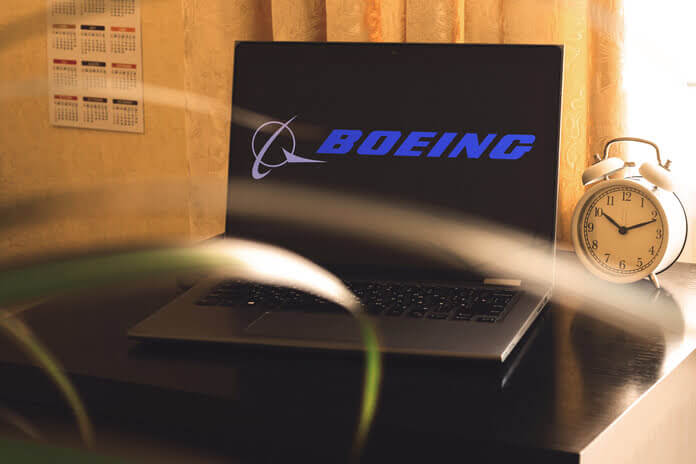Boeing Co.’s (NYSE:BA) long-awaited space taxi successfully launched on Wednesday, marking a significant milestone for the aerospace giant and its primary client NASA. The CST-100 Starliner embarked on its journey atop a United Launch Alliance Atlas V rocket from Cape Canaveral, Florida, at 10:52 a.m. local time.
The launch, carrying veteran NASA astronauts Sunita “Suni” Williams and Barry “Butch” Wilmore, proceeded smoothly, with the capsule separating from the ULA rocket about 15 minutes into the mission. Starliner then maneuvered into a stable orbit approximately 30 minutes after liftoff, eliciting cheers and relief from NASA officials and spectators.
The Starliner is scheduled to perform a series of maneuvers to rendezvous with the International Space Station (ISS) around 12:15 p.m. Florida time on Thursday, marking a week-long stay.
This milestone launch follows years of delays and technical setbacks, including a failed test flight in 2019 and recent concerns over a helium leak. However, NASA views this mission as crucial in demonstrating Starliner’s capability to safely transport astronauts to and from the ISS under its Commercial Crew Program.
In 2014, NASA awarded Boeing $4.2 billion, alongside Elon Musk’s SpaceX receiving $2.6 billion, to develop crew vehicles. While Starliner faced significant delays, SpaceX has successfully launched nine crews to the space station since 2020.
Boeing’s previous attempts for the launch were thwarted by technical issues, including an anomaly with the Atlas V rocket’s pressure valve and a small helium leak on Starliner. However, Wednesday’s successful launch signifies a significant step forward for Boeing and its ambitions in space exploration.
In a pre-launch statement, Wilmore emphasized the symbolism of the American flags, highlighting unity and resilience in collective efforts for the greater good. As the Starliner embarks on its mission, Boeing and NASA anticipate further progress in human spaceflight endeavors.
Featured Image: Megapixl















